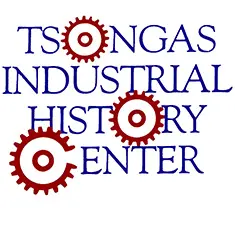Enslaved Labor and the Land
Remote Learning Modules fit right into Google Classroom, or any learning management system, so teachers can collect students’ work. Aligned with state and national social studies and/or science standards, each module addresses a topic related to the Industrial Revolution and consists of primary documents, secondary sources, photographs, videos, questions, and writing prompts.
Title:
Enslaved Labor and the Land
Description:
The institution of slavery deprived people of African descent of any legal rights, and granted an enslaver complete power over Black men, women, and children, who were legally recognized as property. Prior to 1865, enslaved people in the southern United States planted and cultivated millions of acres of cotton, which was then shipped to northern textile mills. This collection explores how enslaved people exercised their agency, the economic connections between north and south, and how people – Black and white – fought for abolition.
Topics:
Slavery, enslaved people, cotton economy, racism, textile industry, Lowell, abolition, anti-abolition
Grades:
High School
Massachusetts History and Social Studies Frameworks:
United States History I
Topic 3: Economic Growth in the North, South, and West
- Analyze the effects of industrial growth throughout antebellum America, and in New England, the growth of the textile industry and machinery industries, and maritime commerce.
b. The impact on the cotton gin on the economics of Southern agriculture and slavery and the connection between cotton production by slave labor in the South and the economic success for Northern textile industries.
- Research primary sources such as antebellum newspapers, slave narratives, and accounts of slave auctions.
Topic 4: Social, Political, and Religious Change
- Using primary sources, research the reform movements in the United States in the early to mid-19th century.
a. The Abolitionist movement, the reasons individual men and women fought for their cause, and the responses of southern and northern white men and women to abolition.
Google Site Link:
Enslaved Labor and the Land Google Site
